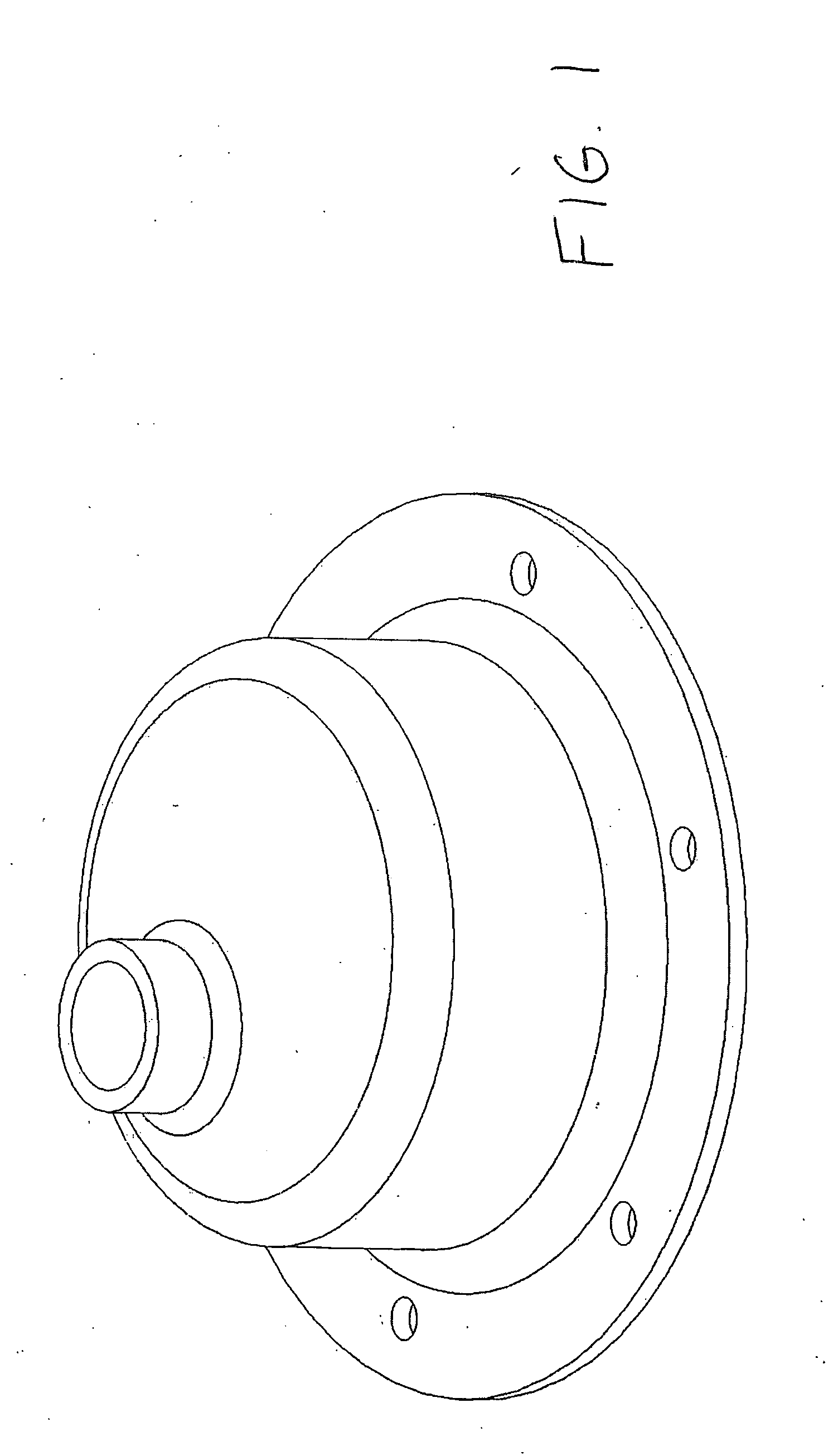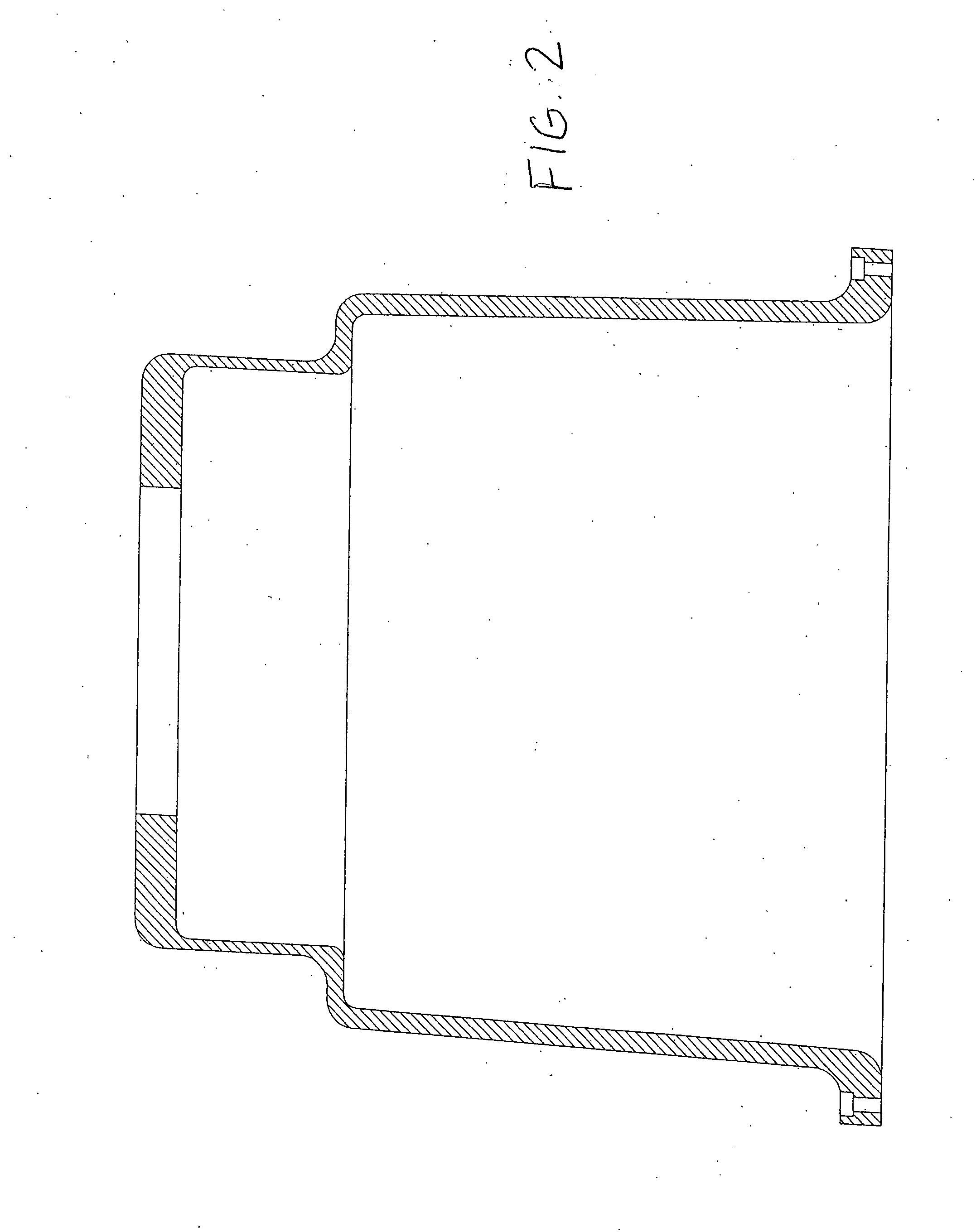Lightweight rigid structural compositions with integral radiation shielding including lead-free structural compositions
a structural composition and integral technology, applied in the direction of other chemical processes, nuclear elements, conductors, etc., can solve the problems of radiation exposure that can be harmful to human health, use of lead for radiation shielding, and poses significant manufacturing challenges as well as health and environmental hazards, so as to reduce the density, reduce the amount of lead, and reduce the effect of exposur
- Summary
- Abstract
- Description
- Claims
- Application Information
AI Technical Summary
Benefits of technology
Problems solved by technology
Method used
Image
Examples
example 1
[0043]This example shows a dense and lead-free, highly-filled, two-element composition with varying thickness.
[0044]Two attenuating elements in powder form including 70% by weight antimony, and 30% by weight tungsten were mixed together. The elements were selected with compatible particle size distribution to provide maximum packing fraction and minimum filler volume according to techniques known in the art. The powdered elements were homogeneously mixed with an epoxy resin such that the filler volume represented 50% by volume of the total composition.
[0045]The mixed composition was compression molded into a series of sheets of different thickness. Each sheet was then divided into samples and tested for radiation shielding properties and for physical and mechanical properties using standard ASTM methods.
Sample 1Thickness3.1 mmDensity4.7 gm / ccShielding values1.45 mm Pb @ 120 kVp, HVL 7.6 mm AlUlt. Tensile Strength5100 psi (35 Mpa)Break Elongation1.7%Flex Modulus (10% D)1,500,000 psi ...
example 2
[0048]This example shows the effect of filler loading on the mechanical properties of the formed composition and alternative forming techniques. A lead-free, two-element filled composition, as in Example 1, was prepared and tested in the same manner. The loading of metallic powdered elements in this example was 36% by volume. The mixture was poured (cast) into a flat mold for plaques, which were cut up and tested as in Example 1. The epoxy resin used was the same as in Example 1, having a mix viscosity of 580 cps (@72 F) and a pot-life of 21 minutes.
Sample 2Thickness3.18 mmDensity3.67 gm / ccShielding values1.1 mm Pb @ 120 kVp, HVL 6.41Ult. Tensile Strength5360 psi (37 Mpa)Break Elongation3.3%Flex Modulus (10% D)960,000 psi (6620 Mpa)Sample Mass per unit area11.67 kg / sq mMass of equivalent lead sheet12.47 kg / sq mMass of 1 mm Pb / 2 mm Al16.74 kg / sq m
[0049]Sample 2 had adequate flexural modulus and mechanical strength as well as greater toughness and impact strength than Sample 1 from Ex...
example 2-a
[0051]A lead-free composition, as in Example 2, was prepared and tested in the same manner. The loading of metallic fillers in this example was 36% by volume, but with added chopped glass fiber at 10% by volume of resin. The mixture was pressed into plaques, which were cut up and tested as in Examples 1 and 2. The samples showed improved mechanical strength properties, with greater tensile and flexural strengths and increased flexural modulus
PUM
| Property | Measurement | Unit |
|---|---|---|
| elemental weight % | aaaaa | aaaaa |
| elemental weight % | aaaaa | aaaaa |
| elemental weight % | aaaaa | aaaaa |
Abstract
Description
Claims
Application Information
 Login to View More
Login to View More - R&D
- Intellectual Property
- Life Sciences
- Materials
- Tech Scout
- Unparalleled Data Quality
- Higher Quality Content
- 60% Fewer Hallucinations
Browse by: Latest US Patents, China's latest patents, Technical Efficacy Thesaurus, Application Domain, Technology Topic, Popular Technical Reports.
© 2025 PatSnap. All rights reserved.Legal|Privacy policy|Modern Slavery Act Transparency Statement|Sitemap|About US| Contact US: help@patsnap.com



